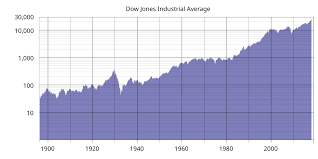Tata Motors Results: A Deep Dive into Recent Performance

Introduction
Tata Motors, one of India’s largest automotive manufacturers, recently announced its quarterly results, showcasing significant developments that are crucial for investors, analysts, and industry enthusiasts. As a key player in the automotive sector, Tata Motors’ performance can reflect broader economic trends and consumer demand in India and abroad. Understanding these results is essential for stakeholders aiming to gauge the company’s financial health and market positioning.
Quarterly Results Overview
For the quarter ending September 2023, Tata Motors reported a consolidated revenue of ₹89,000 crores, a remarkable increase of 15% compared to the same period last year. The net profit stood at ₹3,500 crores, marking a 22% rise, primarily driven by strong demand for electric vehicles (EV) and an uptick in passenger vehicles sales. This performance signals robust recovery post-pandemic and reflects the company’s strategic pivot towards greener technologies.
Segment Performance
In the passenger vehicle segment, Tata Motors’ sales surged by 30%, attributed to the successful launch of new models and an expanding product portfolio. The introduction of the Tata Nexon EV has particularly bolstered its market presence in the EV category, as the government’s push for electric mobility continues to gain traction. Meanwhile, the commercial vehicle division also saw a 10% increase in sales, driven by infrastructure development projects across the country, which has led to higher demand for freight transport.
Challenges Ahead
Despite the positive outlook, Tata Motors faces challenges such as the global semiconductor shortage, which has affected production rates. Additionally, fluctuating raw material costs could pose a risk to profitability. The company is actively working to mitigate these issues by optimizing supply chain processes and exploring alternative material sources.
Future Outlook
Looking ahead, Tata Motors aims to continue its focus on electric mobility and sustainability. The company has set an ambitious goal to release several new EV models in the upcoming quarters, which could further enhance its market position. Analysts predict that if current trends continue, Tata Motors could increase its market share significantly, reversing past setbacks caused by regulatory and competitive pressures.
Conclusion
The results of Tata Motors paint a promising picture, showcasing strong growth and resilience. As the automotive landscape evolves with increasing emphasis on sustainability, Tata Motors’ strategy appears aligned with future market demands. For investors and consumers alike, keeping an eye on Tata Motors will be essential as it navigates the complexities of the automotive sector in the coming years.









